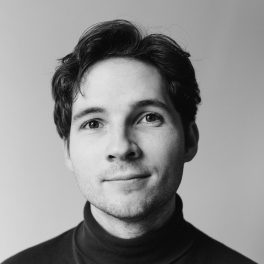
Walter Marsh
Walter is a writer and editor living on Kaurna Country.
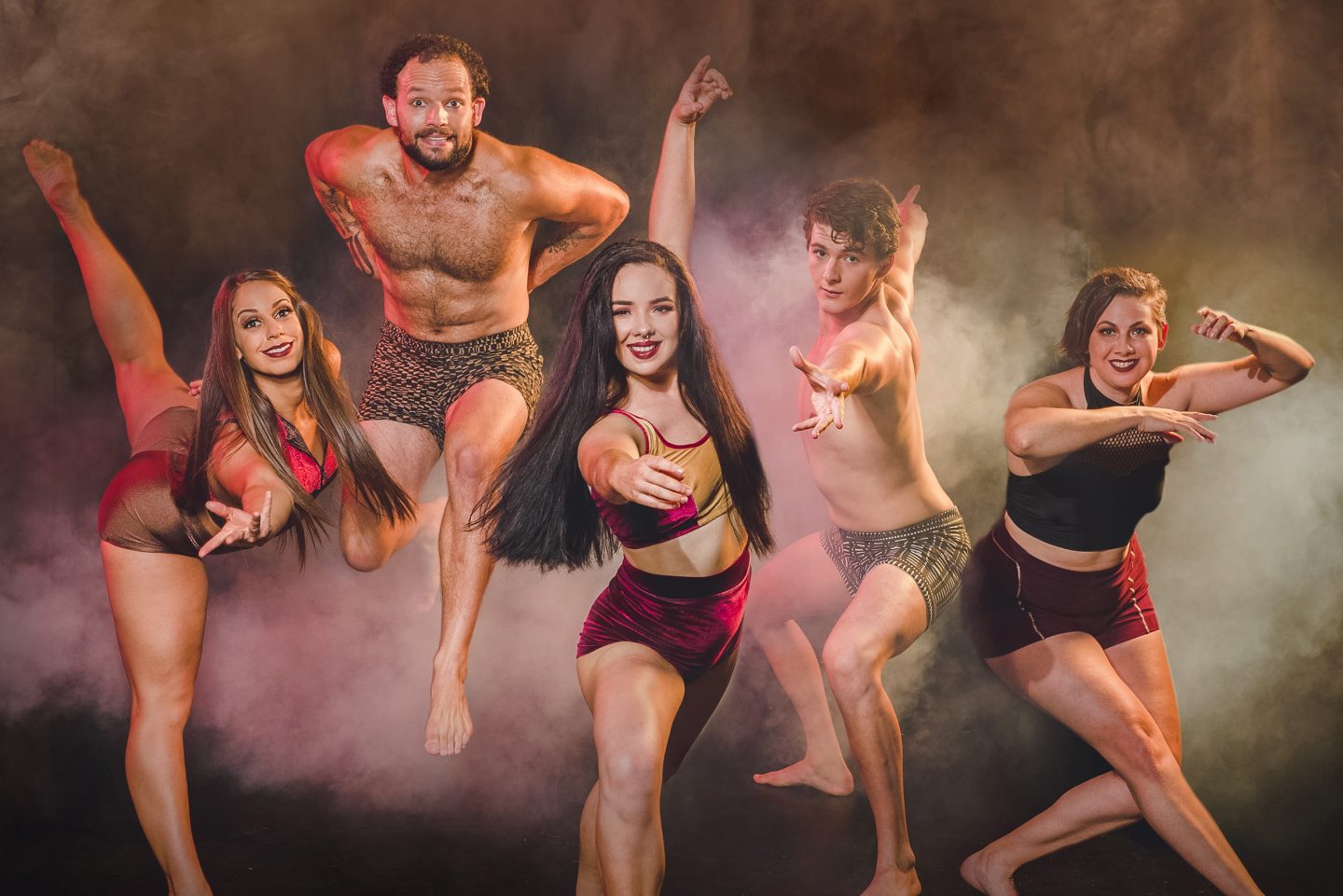
A hit at the 2019 Adelaide Fringe, Australia’s first all-First Nations circus experience Chasing Smoke returns to dig deeper into the evolving stories of its performers.
“It’s an all-Indigenous circus show that has all the flavours typical of contemporary circus; you’ve got trapeze, corde lisse, tumbling and acrobatics,” Casus Circus co-founder and Chasing Smoke director Natano Fa’anana tells The Adelaide Review. “You’ve got the wow factor, but more importantly it delves into the personal stories of the five individuals onstage who are all young Indigenous people in a very modern context. They discuss what it’s like to be Aboriginal in this day and age.”
A veteran performer and co-founder of Fringe favourite Briefs alongside his brother (and Fringe Ambassador) Fez, Fa’anana encountered the performers that make up Chasing Smoke while serving as guest director of Circus Oz’s BLAKflip program.
“It’s a sort of gateway program of masterclasses where First Nations people from around Australia can come in and get a taste for circus, train up for a couple of weeks a year [and] from there they can determine whether they want to go on and see this as a career.
“Only one has trained in circus predominantly, and he’s been training since he was nine,” he says of Waka Waka man Harley Mann, who is now a celebrated emerging circus performer in his own right. The rest of the ensemble includes dancers, actors and ex-gymnasts, with whom Fa’anana has worked to find ways to bring their skills and stories to the fore.
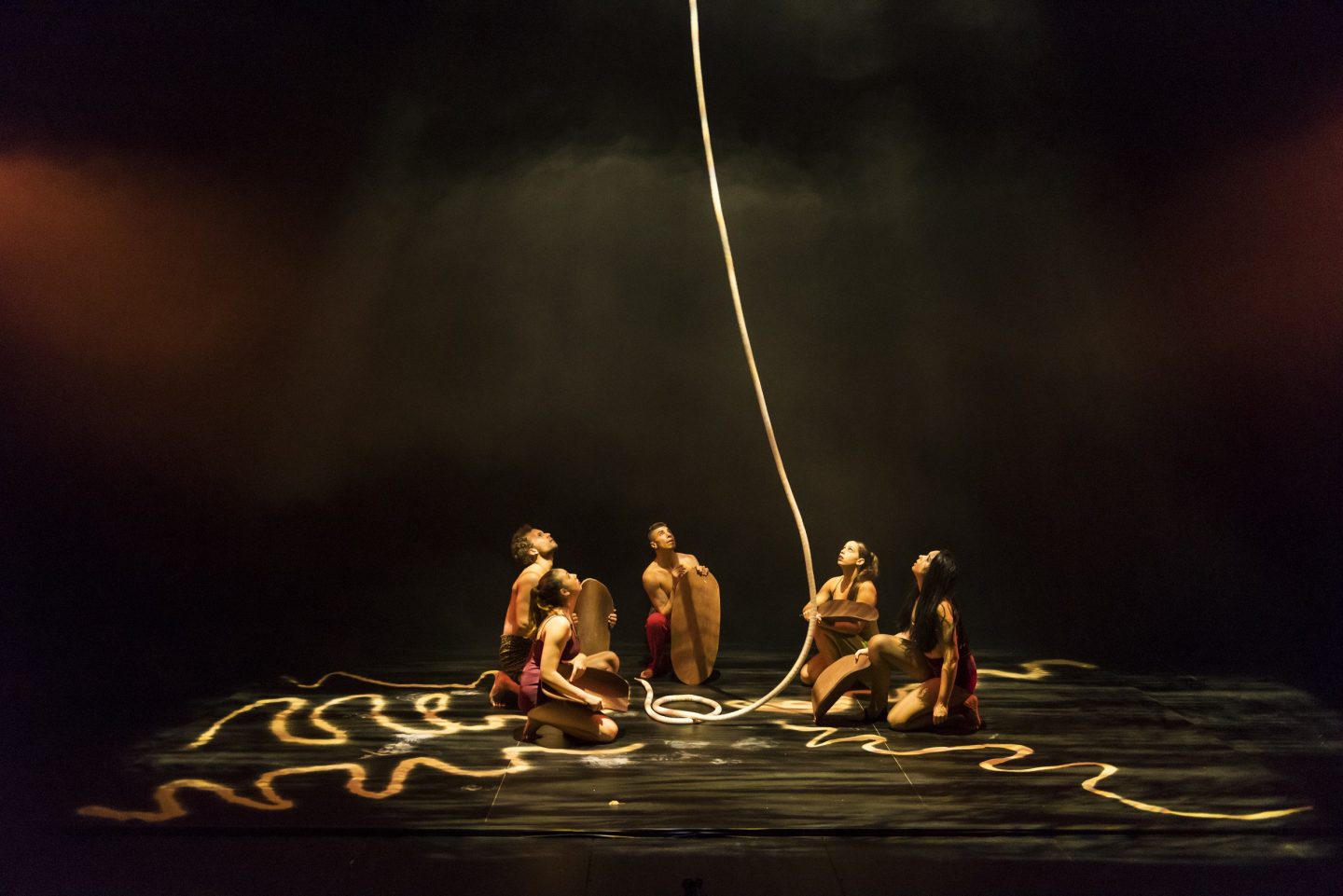
“Rather than try to push them and make them all acrobats, I grabbed their strengths – the actor within, the storyteller within, the dancer – and put that into the circus context. At the end of the day they’re the governors of their own stories so it was up to them how they wanted deliver it. Thankfully it’s been done with such protocol and beauty and gentleness.”
He cites the example of Gudjala Kabulba woman Lara Croydon, an aerial performer who found herself sidelined by injury. “She loved aerials and physically high demand, high strength acts – but she was injured. So she learned to juggle, and using that strength we said why don’t you create a juggling act while telling audiences about your family? We took advantage of what would normally be a setback, but now it’s a highlight of the show. It’s gentle, and it’s real.”
With many of the performers relative newcomers to the industry, Fa’anana has been keen to impart the resilience and outsider’s inventiveness that he has put to use in his own career. “I’m what you’d call backyard trained – I couldn’t afford to go to the schools,” he says of his own practice. “I think that’s forced me to be really resilient, and I really value strength of the individual and whatever resources we have.
“That’s what I passed on to the Chasing Smoke mob; the reality is us black performers have to work twice as [hard] to go half [as] far as our peers. So there’s no choice to be complacent or sit back, we have to be proactive. That isn’t a complaint; I found that creating my own work makes new markets. We created a market, and now we have a great following.”
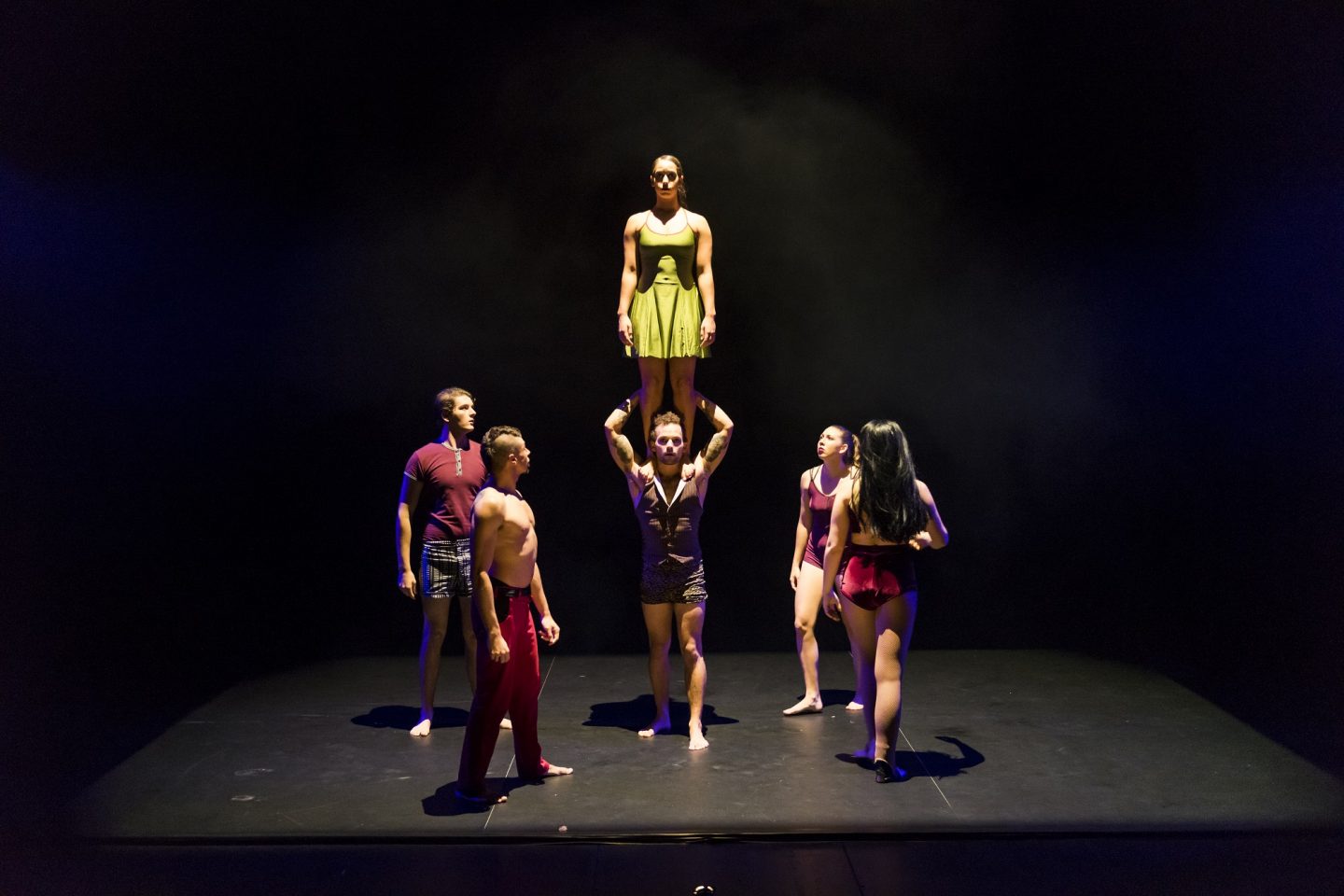
With the group returning to Circus Oz to further polish the show ahead of its Adelaide return at the Garden of Unearthly Delights, Chasing Smoke continues to evolve, reflecting both the ongoing personal journeys of its members, and the scope of its audience.
“We found that even in Australia, some of the Aboriginal history just goes over the heads of some people,” Fa’anana says ruefully. “I grew up in the 90s in Queensland, and my understanding back then of Aboriginal history was very whitewashed.”
This is increasingly key as Chasing Smoke begins to tour regionally, and look towards the international circuit to tell these stories to the world. “In many ways we have a responsibility to educate the audience – to make the show really about informing people and make sure it lands right.”
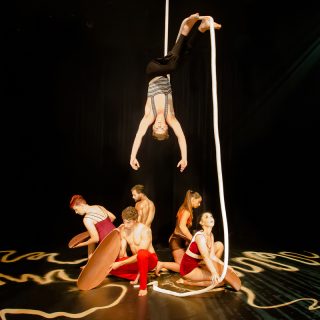

Walter is a writer and editor living on Kaurna Country.